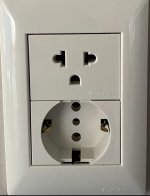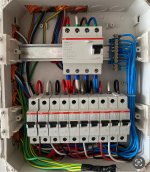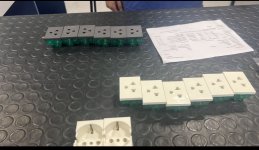SKSolar
Member
- Location
- Los Angeles
- Occupation
- Engineer
I live in US and we used 2 hot wires: L1 & L2 both carry 120v to create a 240V. How about those countries that using 220v to 240v ?
I read they also have a neutral . Does that mean they have a L1 & L2 and both carry 240v each ? That also means they used the L1 & L2 to get 480V?
Can someone educate me on that?
I read they also have a neutral . Does that mean they have a L1 & L2 and both carry 240v each ? That also means they used the L1 & L2 to get 480V?
Can someone educate me on that?





